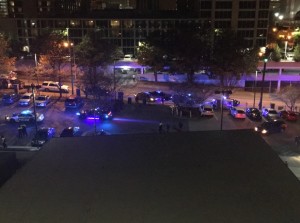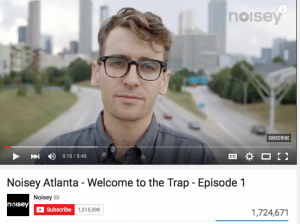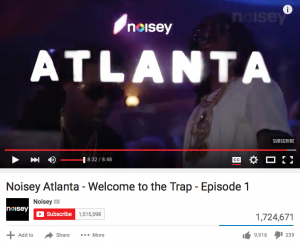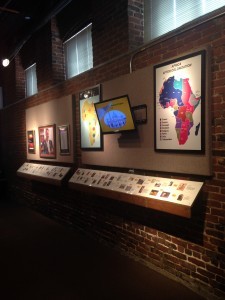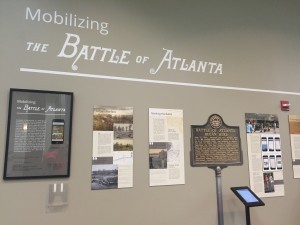When I first received my acceptance letter to Georgia State, I was tentative about attending school here this being due to the fact that safety concerns are a huge part of the spacial rhetoric for Downtown Atlanta and subsequently- Georgia State has. With the biased lens of a 18 year old girl who grew up in a predominantly upper class, white suburb section of Los Angeles county, Georgia State seemed scary. In what ways does a city with: “a violent crime rate of 1,433 per 100,000” (Forbes) really manipulate the rhetoric behind a leading research university located in it’s heart? An example of this manipulation can be easily found- stemming from a drug related shooting that occurred on campus- just days ago. It was nine o’clock at night when I was walking back into my dorm. Earphones in and desperately wanting a shower after doing my hour and a half at the gym I rushed upstairs- completely unaware of what was occurring in the parking lot directly behind me. At 9:00 on Monday night, March 21st 2016, Georgia State Freshman, Bryan Rhoden and Shelton Torance Flournoy (who does not attend GSU) got into a drug related altercation in the parking lot of the Piedmont North Dorm building that resulted with both Rhoden, and Flournoy shot in the chest and rushed to Grady Hospital.
As I observed the aftermath of the shooting (consisting mostly of bewildered residents of the dorm and policemen with blue lights flashing in the parking lot below) from the balcony of Piedmont North’s sixth floor balcony over the parking lot and past to Piedmont Avenue NorthEast. I began to see and hear something very similar from each individual who pulled out their phone to record what was happening or between people having a conversation. “Only at Georgia State would something like this happen.” Different renditions of this same exclamation began to pour out of people’s mouths and just as quickly onto different modes of social media like Twitter or Snapchat. Hashtags like #RatchetSchool and #GetItTogetherGSU became associated with the shooting, the city of Atlanta- and Georgia State as a whole. It seemed to me like Georgia States location had an unspoken and irreversible rhetoric of being a school were violent crimes or drug related crimes were to be expected because of its location in the heart of Downtown Atlanta. Linked with words like “ratchet” and “ghetto” Georgia State began to receive even more flack when news outlets like 11 Alive News alerted the masses to the details of the shooting before the university did. Analyzing the unspoken rhetoric can be extremely useful when the connotations of the area surrounding can turn to be problematic. It seems like Georgia State University, although a highly accredited school, will always be “guilty by association” – possessing the spacial rhetoric of the city it calls home.

